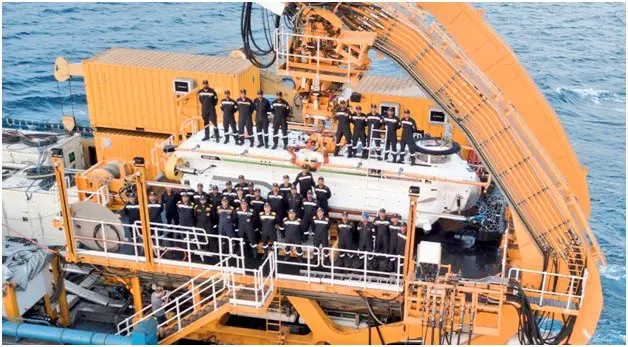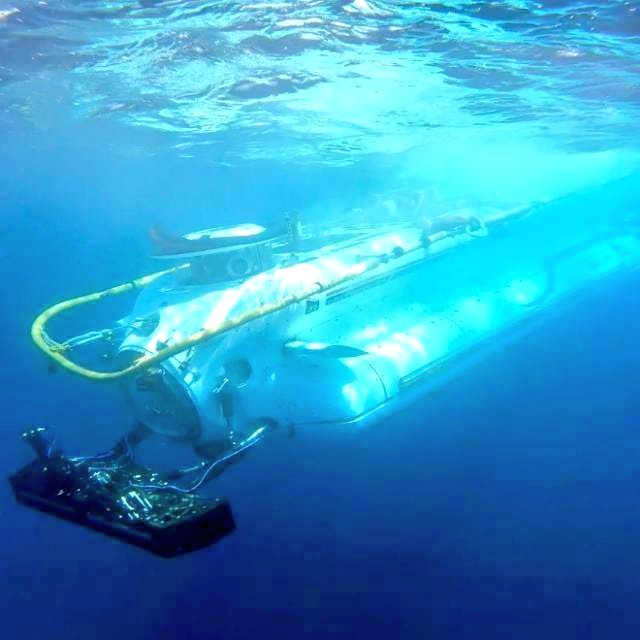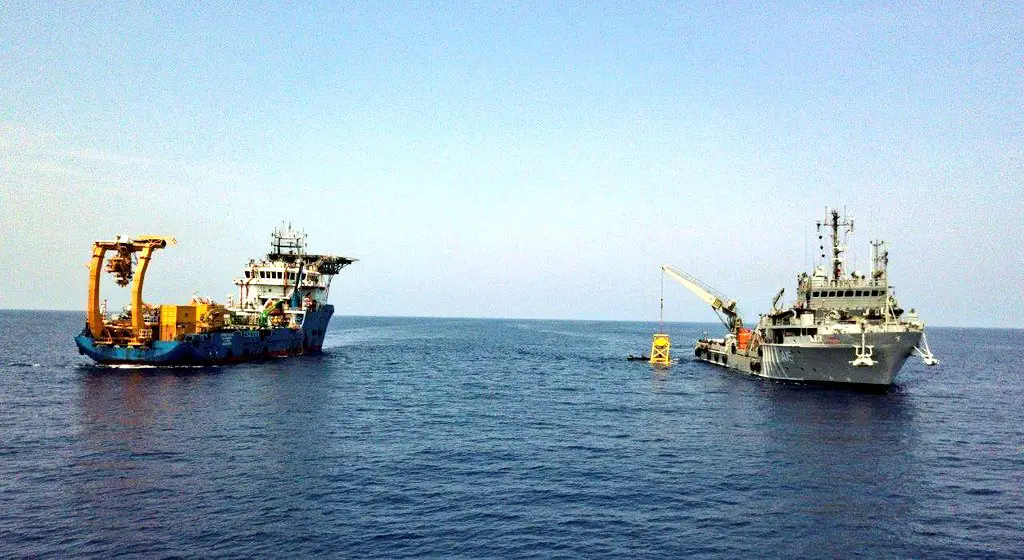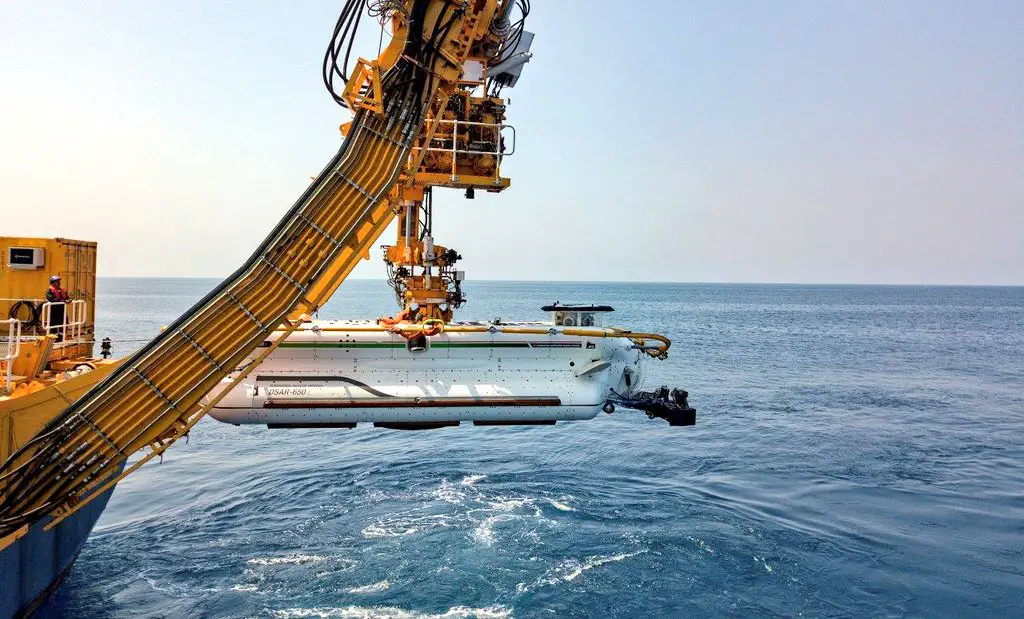The Indian Navy announced on 5 June that one of its new two imported deep submergence rescue vehicle (DSRV) had successfully conducted a ‘live mating’ exercise with a submarine by safely transferring personnel from a simulated submarine in distress. The exercise, which had taken place three days earlier off India’s eastern port city of Visakhapatnam, involved a UK-built DSRV, and Sindhughosh (Project 877EKM/ Kilo)-class submarine INS Sindhuraj, the latter of which simulated the platform in distress. The personnel were transferred from Sindhuraj to DSRV under water and brought safely to surface. The transfer of personnel from the depth of ocean is a new skill acquired by the Indian Navy. During the trial, the DSRV dived to a depth of 666 metres, which was described by the Indian Navy as a record for the “deepest submergence by a manned vessel” in Indian waters. It will help it in dealing with submarine emergencies.

The Indian Navy said that the entire evolution was done by the Indian crew and marked the culmination of the training phase on the East Coast.
The submarine hatches on which the mating was carried out has been certified by the Indian Navy Submarine Designer. This is also a skill that has been newly acquired by the Indian Navy which aims to place itself as major submarine rescue provider in the Indian Ocean Region. Indian Navy described that the live mating exercise, the first of its kind to be conducted by the service, would pave the way for it to be a submarine rescue provider in the Indian Ocean region (IOR). The Indian Navy has witnessed several submarine tragic accident including the loss of INS Sindhurakshak in August 2013 in which 18 personnel lost their lives after an explosion highlighted gaps in rescue facilities in the event of underwater emergencies.

DSRVs are small submarines that are specially designed to dive to greater depths than most military submarines and rescue stranded crews in the event of an emergency. In December last year, the Indian Navy had inducted two DSRVs, supplied by UK-based company James Fisher Defence (JFD). The DSRV is equipped with a sophisticated radar and a remotely operated vehicle (ROV), which extends the vessel’s operating depth and can be used for clearing debris and obstructions. The DSRV has a crew of three personnel and can rescue up to 14 personnel from a stranded submarine at a time. The DSRV, being smaller than military submarines, can be transported by specially equipped ships or the Indian Air Force’s heavy-lift aircraft, such as the C-17, to the vicinity of a submarine emergency. The Indian Navy signed a contract with JFD in 2016 for the delivery of two DSRVs at a cost of approximately $269 million. In 2018, the Indian Navy awarded a contract to Hindustan Shipyard to build two diving support vessels that will act as ‘mother ships’ to support the operations of the DSRV fleet.

t
